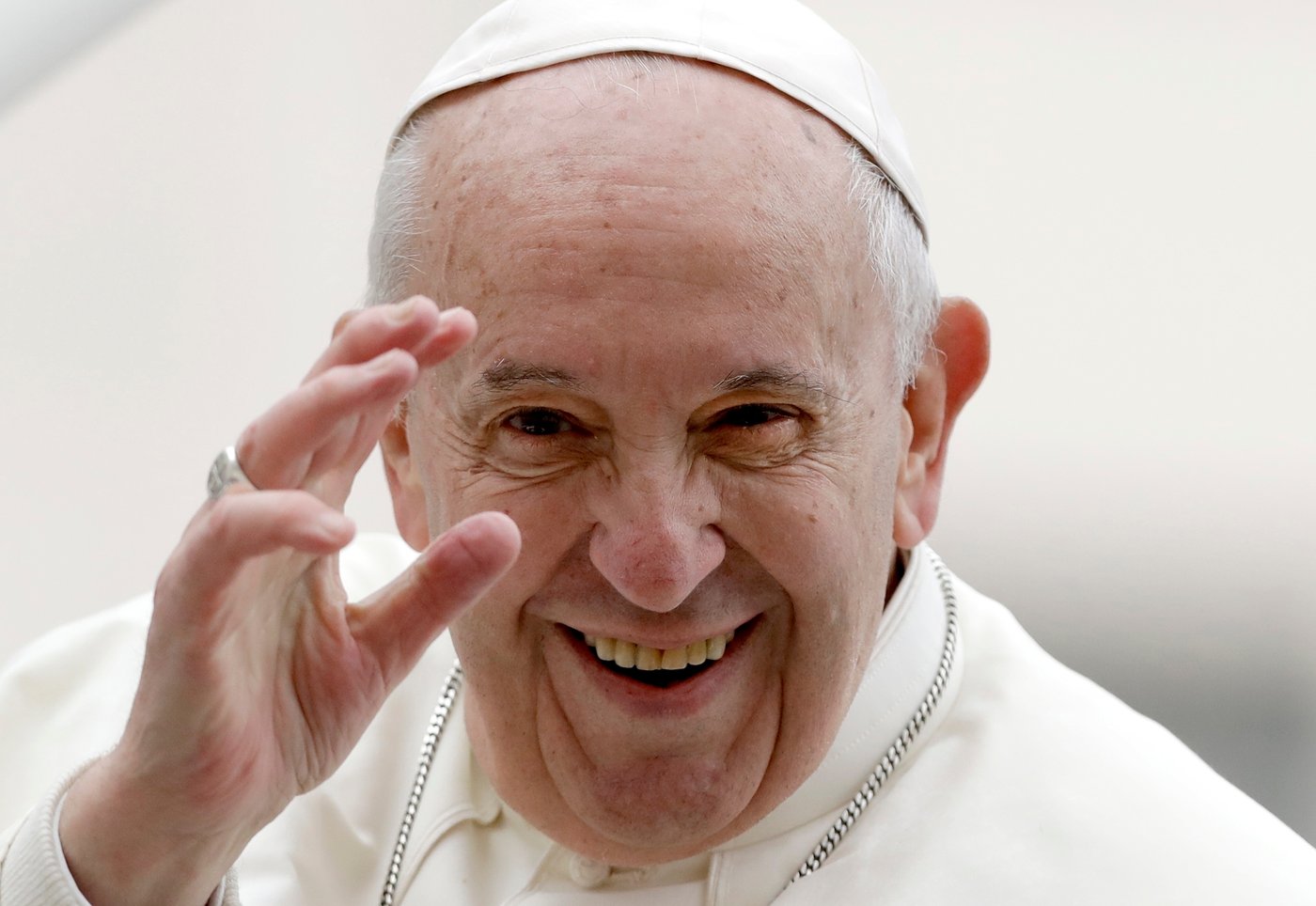Spike in gas prices caused by people driving so much: Expert
The recent bump in gas prices, including record high levels in Vancouver, is due to refinery maintenance at a time when demand remains high.
Most of B.C. gets its gas from refineries in northwestern Washington State where the Phillips 66 refinery in Ferndale is down for routine maintenance, cutting into the supply of gas to the Lower Mainland.
While Kamloops and the Okanagan get their gas from Alberta, the price is set by what’s happening in the rest of the province, Vijay Muralidharan owner of R Cube Economic Consulting, told iNFOnews.ca.
“When the refineries decide to go on maintenance, they do it after the driving season ends,” he said. “The driving season, technically, should have ended but the weather is nice. People are still driving. If you look at demand in the U.S., it hasn’t pulled back. It’s still pretty high. That’s kind of given that extra edge in pricing.”
Prices at most stations in the Okanagan are at $1.99.9 per litre, according to GasBuddy.com.
Kamloops stations are ranging between $1.89.9 and $1.99.9, with Costco a few cents less in each city.
Vancouver, on the other hand, is selling gas for $2.35.9.
Refineries across Canada and the U.S. do a good job of scheduling required maintenance on a rotating basis outside the peak summer driving season, Muralidharan said. That means the 16 million gallons produced each day is only reduced by one or two million.
But, with such high demand, prices are driven up.
A fire at the Whiting refinery in Chicago cut 450,000 gallons per day out of the supply chain. Prices in Alberta are dependent on Chicago, so that’s having an impact since the refinery is not up to full capacity yet, Muralidharan said.
The Phillips 66 refinery in Washington is starting back up.
“Give it two or three weeks,” Muralidharan said. “Even when they come online they don’t come back on 100%. They ramp up slowly. I would say, by the end of October, you’ll see some pullback, provided Russia doesn’t do something crazy or OPEC doesn’t do anything crazy.”
OPEC (Organization of the Petroleum Exporting Countries) just announced that it's thinking of cutting supplies because of lower world demand, which could have an impact on prices. Even in August, those countries didn’t produce as much gas as they had promised.
READ MORE: OPEC+ weighs large oil cutback to boost sagging prices
Further down the road, if North America heads into a recession, prices may also moderate as demand goes down, Muralidharan said.
“Companies are getting ready for a slowdown,” he said. “I wouldn’t use the word recession yet but I have a feeling, if inflation isn’t tamed and you have a few more hikes in interest rates, then we’re on course for recession for next year. There still a lot of ifs and buts here. You have to wait and see.”
When analyzing gas prices Muralidharan said he’s usually looking at 50 to 100 “moving parts” so predicting the future of gas prices is very difficult.
To contact a reporter for this story, email Rob Munro or call 250-808-0143 or email the editor. You can also submit photos, videos or news tips to the newsroom and be entered to win a monthly prize draw.
We welcome your comments and opinions on our stories but play nice. We won't censor or delete comments unless they contain off-topic statements or links, unnecessary vulgarity, false facts, spam or obviously fake profiles. If you have any concerns about what you see in comments, email the editor in the link above.




